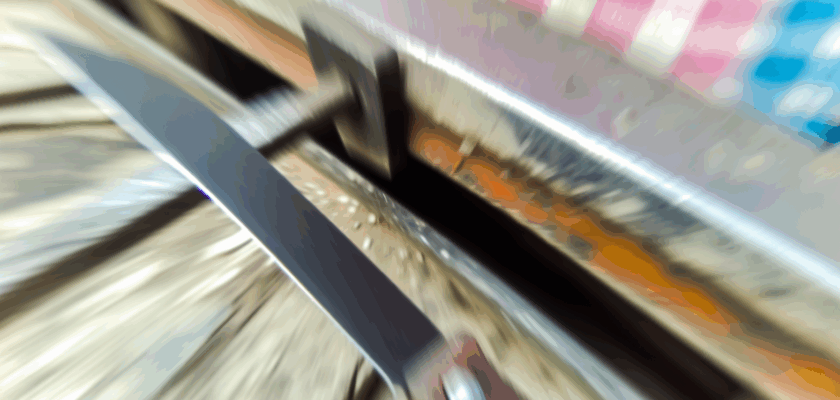In many workshops and kitchens, organization is key to efficiency and safety. One popular method of keeping metal tools tidy and accessible is the magnetic knife strip. While store-bought magnetic strips are widely available, creating your own customized magnetic strip can be both cost-effective and satisfying. This article explores the essential materials needed and provides a step-by-step guide to crafting your own magnetic knife strip tailored to your needs.
Essential Materials Needed for Magnetic Knife Strips
The foundation of a magnetic knife strip is, naturally, a strong magnetic surface. Neodymium magnets are highly recommended due to their powerful magnetic force and compact size. These rare-earth magnets come in various shapes and sizes and can securely hold even heavy metal tools. Alternatively, magnetic tape or refrigerator magnets can be used for lighter tools, though they may not provide the same holding strength.
Next, a sturdy mounting base is necessary to affix the magnets safely and securely to the wall. Common choices include wooden strips, metal bars, or thick plastic boards. Wood is preferred by many for its aesthetic appeal and ease of modification. Make sure the base is thick enough to accommodate the magnets without compromising structural integrity and long enough to hold the number of tools you intend to store.
Other essential materials include strong adhesive, screws, and mounting hardware to attach the strip to your wall. Epoxy glue or industrial-strength double-sided tape is often used to bond the magnets to the base. Additionally, sandpaper and paint or finish may be needed if you want to smooth and customize the appearance of the wood or base material. Finally, a drill, screwdriver, and measuring tape will help ensure precise assembly and installation.
Step-by-Step Guide to Crafting Your Own Magnetic Strip
Begin by measuring the space available on your wall and deciding how many tools the strip needs to hold. Cut your chosen base material—typically a wooden plank—to the desired length and sand the edges to prevent splinters. If you prefer, apply a stain, paint, or clear finish to match your room’s decor and protect the wood over time. Allow the finish to dry thoroughly before proceeding.
Next, arrange your magnets along the back or front side of the wooden base, depending on the design. For a flush surface, recessing the magnets into drilled holes in the wood is an effective method. Drill holes slightly smaller than the magnet size to ensure a snug fit. Once the magnets are in place, use epoxy glue to secure them firmly. If recessing is not an option, strong adhesive tape can be used to attach the magnets to the surface, but make sure the bond is strong enough to hold tools securely.
Finally, mount the magnetic strip on your wall using appropriate hardware. Use a level to ensure the strip is perfectly horizontal for both safety and aesthetics. Pre-drill holes in the base and wall if necessary, then screw the strip securely into place. After installation, test the magnetic strip by placing various tools on it to confirm it holds them firmly. This DIY magnetic strip provides a customized, accessible, and organized solution for tool storage.
Crafting your own magnetic knife strip can transform cluttered workspaces and kitchens into well-organized, efficient environments. With simple materials and careful assembly, you can create a durable and attractive magnetic strip tailored to your specific tool collection. Whether for professional or personal use, this DIY project combines practicality with a personal touch, proving that effective organization need not come at a high cost.

